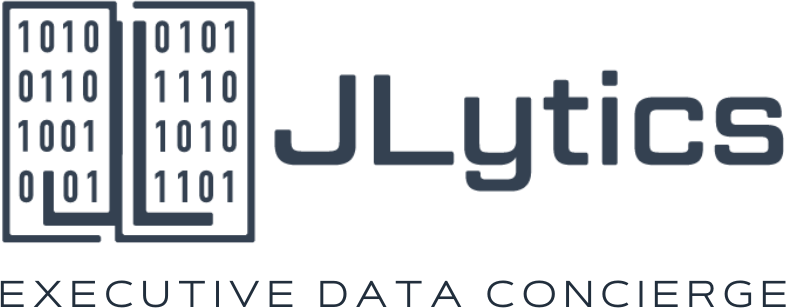What’s the value of a KPI if you’re not tracking it? The short answer is: not much!
Effective key performance indicator (KPI) tracking is essential for organizations seeking to measure progress, identify areas for improvement, and make informed strategic decisions. Performance management software has emerged as a critical tool in this process, transforming how businesses collect, analyze, and act upon performance data. This technology goes far beyond simple metric selection—it provides robust frameworks for visualizing and interpreting complex data sets to drive tangible results.
From Spreadsheet Headaches to Smart Solutions: How KPI Tracking Has Changed
Traditional methods of tracking KPIs often involved manual data entry in spreadsheets, creating presentations, and spending countless hours compiling reports. These approaches were not only time-consuming but also prone to human error and inconsistency. Performance management software has revolutionized this landscape by centralizing data collection and automating calculations, ensuring consistency across departments and eliminating redundant work.
Modern platforms offer integrated solutions that connect with existing business systems, pulling real-time data from multiple sources to create a single source of truth. This evolution has shifted performance management from a retrospective review process to a proactive, forward-looking strategy enabler. Organizations can now monitor performance continuously rather than waiting for quarterly or annual reviews, allowing for more agile responses to changing business conditions.
What’s In It for You? The Real Benefits of KPI Software
See Your Progress at a Glance: The Power of Visual Dashboards
One of the most significant advantages of performance management software is its visualization capabilities. Well-designed dashboards transform complex datasets into intuitive visual representations, making patterns and trends immediately apparent. These visual summaries enable stakeholders at all levels to grasp performance status quickly, without needing to wade through spreadsheets or detailed reports.
Effective visualizations also facilitate better communication about performance throughout the organization. When teams can easily see progress toward goals, they become more engaged and motivated. Executive leadership can quickly assess organizational health with visual indicators that highlight successes and areas needing attention, enabling more strategic allocation of resources.
Bringing It All Together: Smarter Data That Works for You
Performance management platforms excel at streamlining the entire data lifecycle. They provide structured frameworks for gathering consistent data across departments and functions, ensuring that metrics are calculated uniformly. This centralization eliminates silos of information and creates a comprehensive view of organizational performance.
Advanced analysis features help users move beyond basic metric tracking to understanding correlations between different performance indicators. This deeper analysis reveals insights about which factors truly drive business results, allowing organizations to focus their improvement efforts where they’ll have the greatest impact.
Your Crystal Ball: How AI Helps You See What’s Coming Next
The integration of artificial intelligence into performance management software represents a significant leap forward. AI algorithms can process vast amounts of performance data to identify patterns that might remain hidden to human analysts. These systems can detect anomalies, forecast trends, and even suggest corrective actions based on historical performance data.
Predictive analytics capabilities enable organizations to move from reactive to proactive management styles. Rather than simply responding to performance issues after they occur, businesses can anticipate challenges and opportunities, adjusting their strategies accordingly. This forward-looking approach transforms KPI tracking from a measurement exercise into a strategic planning tool.
Making It Work: Getting Your Team On Board with KPI Software
Successfully leveraging performance management software requires more than just purchasing a platform. Organizations must carefully align their KPI selection with strategic objectives, ensure data quality, and foster a culture that values data-driven decision-making.
The most effective implementations involve stakeholders from across the organization to ensure the system meets diverse needs. Regular training and clear communication about how the software supports organizational goals are essential for driving adoption. When properly implemented, performance management software becomes more than just a tracking tool—it becomes a catalyst for organizational transformation and continuous improvement.
By embracing these powerful tools, organizations can transform KPI tracking from a tedious administrative task into a strategic advantage that drives business success.
***
JLytics’ mission is to empower CEOs, founders and business executives to leverage the power of data in their everyday lives so that they can focus on what they do best: lead.



